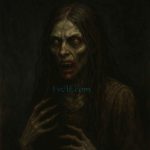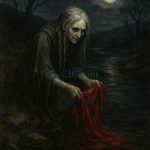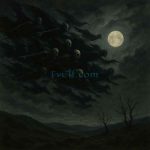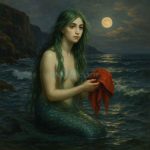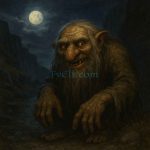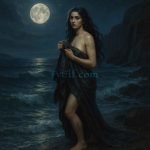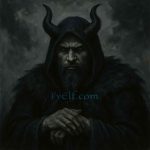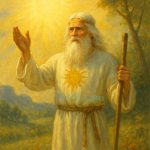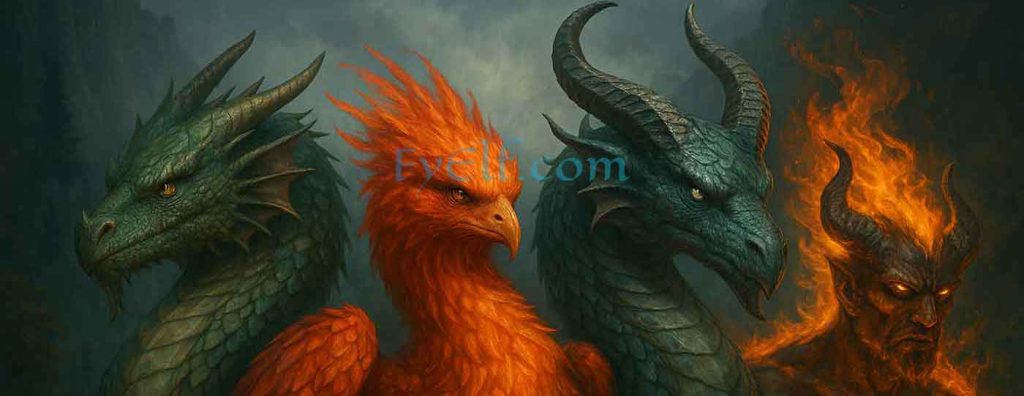
Welcome to Fyelf, a digital space dedicated to the study of myths, folklore, and legendary beings from across the world. For centuries, these stories of gods, magical creatures, and symbolic figures shaped how communities understood nature, destiny, and the divine.
Our goal is to present these traditions with clarity and depth—drawing on Norse sagas, Celtic and Slavic folklore, Armenian legends, Greek mythology, and beyond. Here, you will find carefully researched articles on mythical creatures, gods and goddesses, and the cultural meanings that continue to resonate today.
Mythical Creatures
From dragons and serpents to werewolves, spirits, and firebirds, mythical beings have fascinated humanity for millennia. Each represents both fear and wonder, reminding us of the boundaries between the natural and the supernatural.
- Strzyga: The Soul-Draining Vampire of Polish FolkloreIn Polish folklore, the Strzyga—also called Striga—is a haunting, undead being with two souls and two hearts. Once human, this cursed figure rises from the grave to drain life from the living, feeding on their vitality and souls. Between witch, vampire, and restless spirit, the Strzyga reflects ancient fears of disease, death, and the mystery of the human soul.
- Bean Nighe in Celtic Folklore: The Washing Woman and Harbinger of DeathThe Bean Nighe, or “Washing Woman,” is one of the most haunting figures in Celtic folklore. Appearing by rivers, she washes the blood-stained clothes of those about to die, serving as a harbinger of death. Explore her origins, symbolism, and role in Irish and Scottish traditions as one of the darkest Celtic mythical creatures.
- Sluagh in Celtic Folklore: The Restless Spirits of the Unforgiven DeadThe Sluagh, dreaded spirits of the unforgiven dead in Celtic folklore, are said to travel as dark hosts across the sky, hunting souls of the dying. Feared in Irish and Scottish tradition, they embody the terror of exile from heaven and earth. Explore their origins, legends, and role among Celtic mythical creatures.
- Merrows in Irish Folklore: Celtic Mermaids and Mermen of the SeaMerrows, the mermaids and mermen of Irish folklore, are among the most enchanting Celtic mythical creatures. With green hair, red caps, and tragic love stories, they embody Ireland’s deep connection to the sea. Learn about their origins, symbolism, and unique role in Irish mythology, where love, loss, and the ocean intertwine.
- Trows in Scottish Folklore: Trolls and Tricksters of Orkney and ShetlandTrows, the troll-like beings of Orkney and Shetland, are mischievous creatures from Scottish folklore. Feared for their tricks and changeling legends yet admired for their magical music, trows embody the fusion of Celtic and Norse traditions. Learn about their origins, symbolism, and enduring place among Celtic mythical creatures.
- Selkies in Scottish Mythology: The Enigmatic Seal People of the SeaSelkies, the mysterious seal people of Scottish and Celtic mythology, are shape-shifters who move between sea and land. Rooted in Orkney and Shetland folklore, their legends tell of love, loss, and transformation. Discover the origins of selkie myths, their symbolism, and why these enchanting beings remain among the most beloved Celtic mythical creatures.
Gods and Goddesses
Deities were central to ancient belief systems, shaping human identity and values. Discover the White and Black Gods of Slavic lore, the Norse pantheon of Odin, Thor, and Freyja, and the Celtic deities Brigid and Lugh.
- Chernobog: The Slavic Black God of Darkness and MisfortuneWho Is Chernobog in Slavic Mythology? Chernobog, often translated as the “Black God,” is one of the most mysterious and ominous deities in Slavic mythology. He is portrayed as the embodiment of darkness, misfortune, and chaos, standing in stark contrast to Belobog, the “White God”… Read more: Chernobog: The Slavic Black God of Darkness and Misfortune
- Belobog: The Slavic White God of Light and FortuneWho Is Belobog in Slavic Mythology? Belobog, often translated as the “White God,” is one of the most intriguing figures in Slavic mythology. He is commonly seen as the embodiment of light, goodness, and fortune, standing in stark contrast to his dark counterpart, Chernobog, the… Read more: Belobog: The Slavic White God of Light and Fortune
